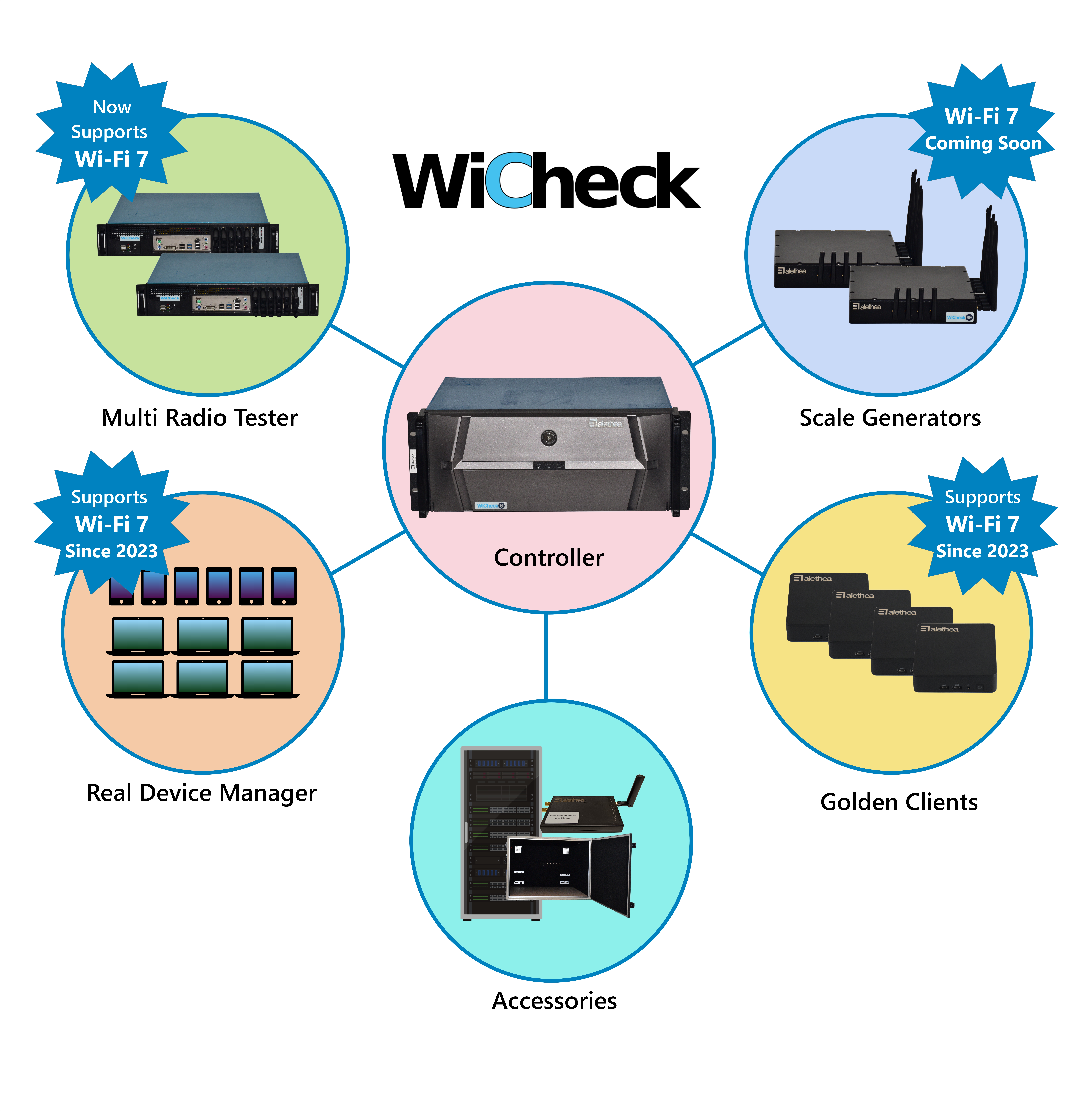Introduction
The first thought that would probably come to everyone is that DFS ( Dynamic Frequency Selection), Puncturing & Wi-Fi 7 are not related to each other! Preamble puncturing has been introduced in 802.11ax (aka Wi-Fi 6) as a method to efficiently use larger bandwidth channels in the presence of interfering AP’s in narrow bandwidths (20/40 MHz).

Though this has been implemented by some AP manufacturers, it has not been widely used in the field (few clients had support for this feature)
Dynamic Frequency Selection (DFS) is a feature that is around from 802.11n days to satisfy regulatory requirements in various countries where some of the spectrum had other higher priority use occasionally (Ex: Weather Radar). There are specific requirements from the FCC, and ETSI on how soon the APs should vacate the spectrum in favor of the radar. Please see the reference.
While supporting preamble puncturing is not mandatory in the 5 GHz band, it is planned to become a requirement for STAs in the 6 GHz band. Specifically, static preamble puncturing will be made mandatory, while dynamic preamble puncturing may be considered as an optional feature.
Enhancements in Wi-Fi 7
In 802.11be, the following can be said to be affecting the puncturing
- Multiple Resource Unit (MRU)
- 320 MHz Bandwidth
Puncturing with MRU
802.11ax has introduced OFDMA to the Wi-Fi specification to increase the throughput and decrease the latency in real world scenarios. Even though the features efficiency is suspect in the real world, preamble puncturing was not possible when OFDMA is enabled. One client would have only one RU allocation. 802.11be brings in some changes to allow multi “RU” allocation and hence an AP can do allocation that can include preamble puncturing (blackout a portion of the spectrum effectively when doing OFDMA allocation). With this feature preamble puncturing in SU transmissions is brought under the ambit of MRU transmissions. We would need to wait and see if OFDMA in Wi-Fi 7 would have better efficiency and usage in the real world. Preamble puncturing for a SU transmission is most likely to be the most interesting aspect as SU transmissions are dominant in practice.
Check out our blog for more details on OFDMA
(Part 1) – Practical Experience with OFDMA in Wi-Fi
(Part 2) – Practical Experience of OFDMA in Wi-Fi
Puncturing and 320 MHz
Addition of 320/160 MHz especially in 6 GHz would probably bring preamble puncturing to the forefront. The incumbent AP’s in 6 GHz (802.11ax capable) would be transmitting in 80 or 160 MHz So a 802.11be AP with 320/160 MHz channel width would very likely use preamble puncturing for better efficiency & interference mitigation.
DFS Tests
Channel usage restrictions in the presence of Radar are there in almost every country, mainly in the 5 GHz band. Existing compliance requirements would need the incumbent AP to move with the detection of Radar.
Current testing methods include using a Radar Pulse Generator and check if the AP scanning software is able to detect and change the channel accordingly. However there are 3 cases that should be considered for tests.
- Detection of Radar triggers a change in AP channel from say channel X to channel Y which are not “overlapping”.
- Detection of Radar triggers a change in AP channel bandwidth say from 160 MHz to 80 MHz or even 80 MHz to 40 MHz.
- Detection of Radar triggers usage of preamble puncturing and comply with regulations without change in channel.
Needless to say, the above methods work in “Non OFDMA” cases.
With introduction of Multi RU feature, the preamble puncturing case can now be extended to the OFDMA cases. This would be the key change w.r.t DFS testing when Wi-Fi 7 comes to the field.
Expert opinion is that preamble puncturing for meeting regulatory requirements like DFS in 5 GHz and AFC in 6 GHz are a little tricky.
why ?
This is because the access point (AP) needs to ensure that no other client is using the same portion of the spectrum, which cannot be enforced with legacy clients. In the case of the 6 GHz band, it may be feasible with Wi-Fi 6E clients, but their limited availability poses a limitation. That’s why static puncturing support has been made mandatory for Wi-Fi 7 certification in clients.
References
- https://www.etsi.org/deliver/etsi_en/301800_301899/301893/02.01.01_60/en_301893v020101p.pdf
- https://www.etsi.org/deliver/etsi_en/302500_302599/302502/01.01.01_60/en_302502v010101p.pdf
- FCC Part 15, U-NII/DFS https://www.fcc.gov/general/equipment-authorization-measurement-procedures
Alethea’s WiCheck
Alethea’s flagship AP/Router testing product, WiCheck provides a Radar Pulse Generator along with a test pack that can check compliance with FCC, ETSI ETSI-recommended tests.
For more information, please visit the following video: Test For DFS Compliance With WiCheck




